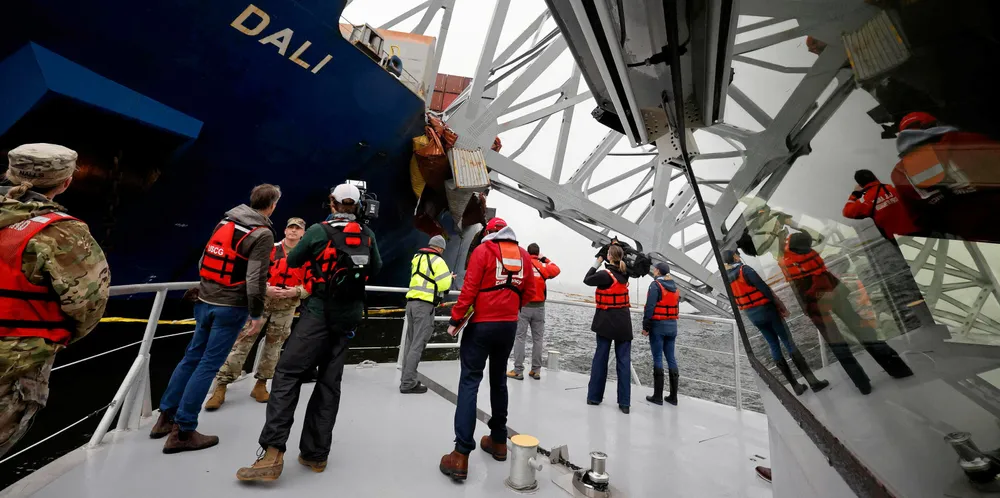Leave historic US maritime law alone, says lawyer with over 125 major casualties on his CV
Long-standing 1851 legislation has its own way of apportioning responsibility for casualties

Long-standing 1851 legislation has its own way of apportioning responsibility for casualties
